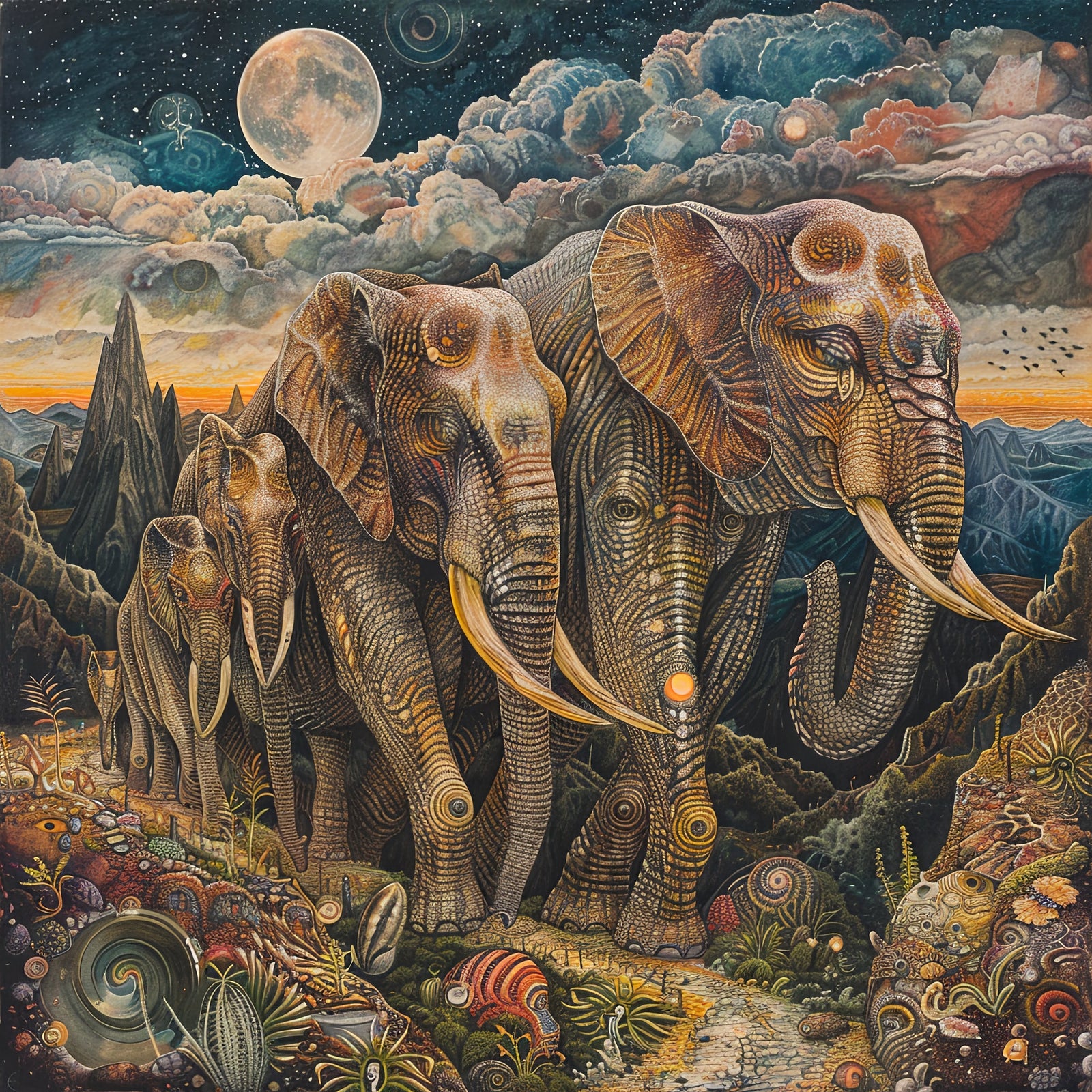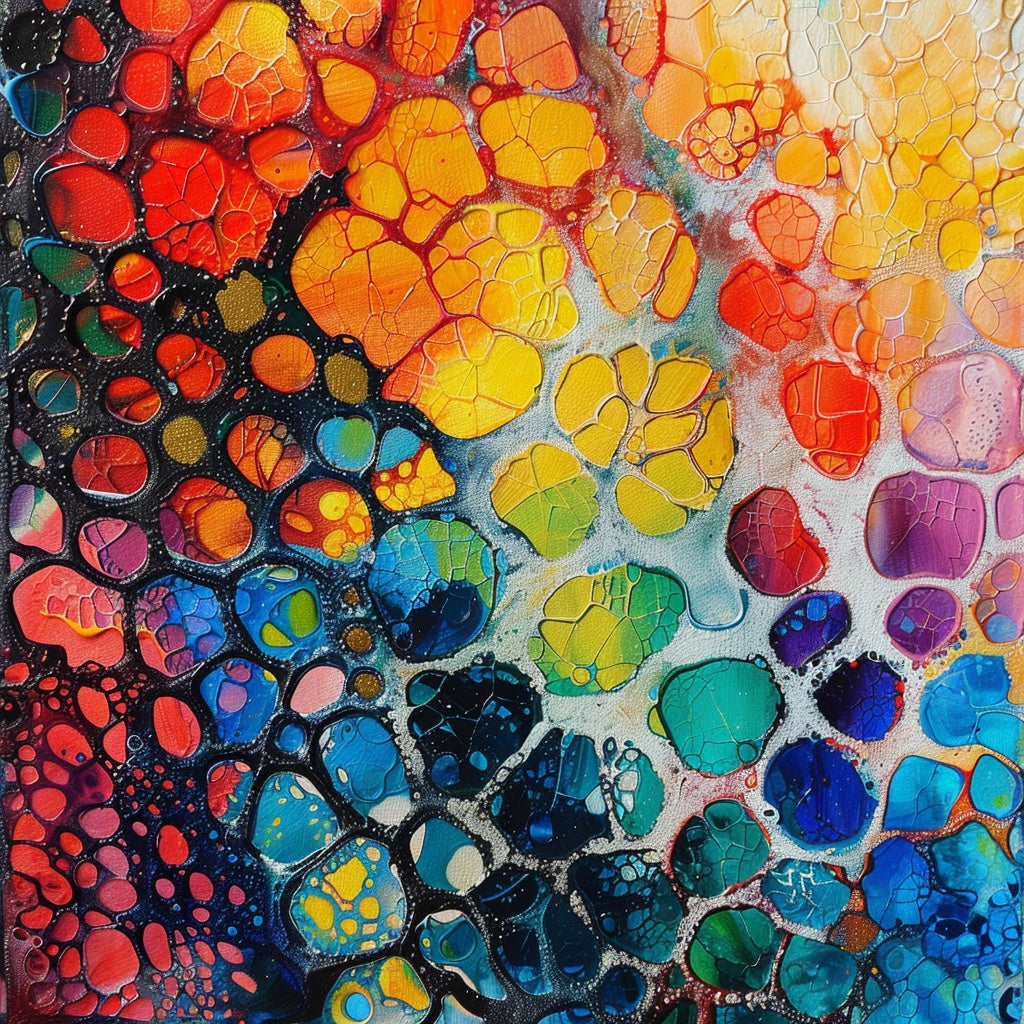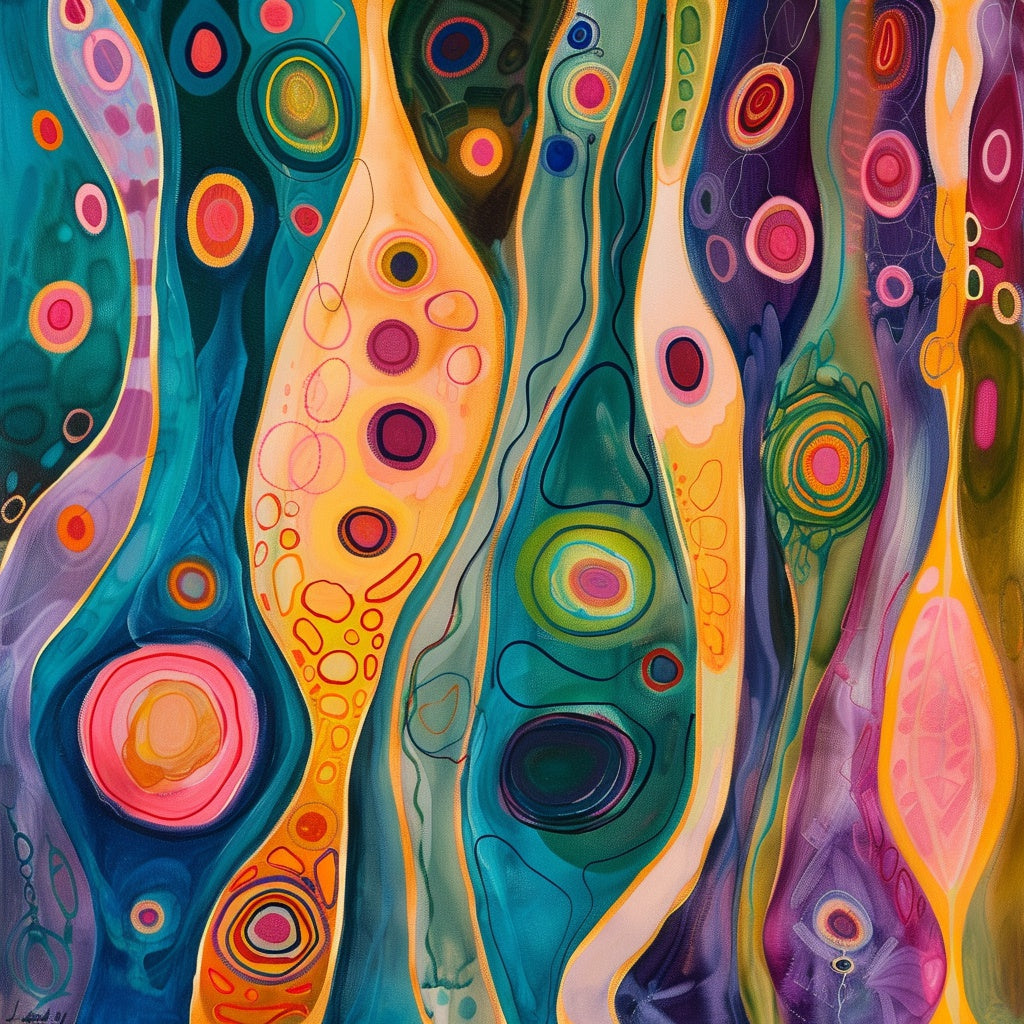AI and Originality in Art: A Deep Dive
Artificial intelligence (AI) is rapidly transforming the art world, challenging traditional notions of creativity and originality. This article explores the complex relationship between AI and art, delving into the mechanisms of AI art generators, the ongoing debate about originality, and notable examples of AI-generated art. By examining these aspects, we can better understand the evolving landscape of art in the age of AI.
Table of Contents
- Introduction
- The Nature of Originality in Art
- How AI Art Generators Work
- AI and Originality: The Debate
- Examples of Original AI-Generated Art
- Conclusion: A New Era of Artistic Exploration
Introduction
The rise of artificial intelligence (AI) has spurred a significant shift in numerous domains, and the art world is no exception. AI art generators, powered by intricate algorithms, possess the capability to produce captivating visuals, igniting a spirited debate about the very essence of creativity and originality. These generators can mimic established artistic styles and conjure novel forms, prompting us to question how AI engages with the notion of originality—a concept traditionally tied to human expression [1]. This article will explore the relationship between AI and originality in art, drawing from various sources, including articles, research papers, and examples of AI-generated art.
The Nature of Originality in Art
Defining originality in art is a complex task with various perspectives throughout history [2]. Some consider originality as creating something new and groundbreaking, while others view it as the unique and innovative reinterpretation of existing ideas [2]. In essence, originality in art often involves a blend of novelty, individual expression, and a departure from established norms [3]. Artists have always drawn inspiration from their predecessors, building upon existing styles and techniques to create new forms of expression [4]. The concept of originality has evolved, with different artistic movements emphasizing various aspects of novelty and innovation [5]. It’s important to understand that no art is created in a vacuum, and all art builds on prior artistic movements or ideas.
How AI Art Generators Work
AI art generators utilize sophisticated algorithms, often based on deep learning models, to create art [6]. These models are trained on massive datasets of images, enabling them to learn patterns, styles, and aesthetic elements from existing artworks [6]. When a user provides a text prompt, the AI generator analyzes it, compares it to its vast knowledge base, and generates an image that attempts to fulfill the prompt's criteria [7]. This process involves several key steps.
Data Collection and Training
AI models are trained on extensive datasets of images and their associated text descriptions, which are gathered from various sources including publicly available images and artwork [7]. This massive amount of data allows the AI to learn the complex relationships between visual elements and textual descriptions.
Latent Space Representation
As the AI model learns from the data, it creates a multi-dimensional space called "latent space," where it organizes and represents the information it has acquired [6]. This space is a complex, abstract representation of the visual world as the AI understands it. The generated images emerge from this latent space [6].
Prompt Analysis and Image Generation
When a user provides a text prompt, the AI model analyzes the text using natural language processing techniques to understand the user's request [8]. The AI then uses this understanding to navigate the latent space and generate a corresponding image.
Diffusion Process
The AI generator often starts with a random image and then gradually uses a "diffusion" process to refine it [6]. This involves adding noise to the image and then denoising and transforming it to match the text prompt and the patterns learned from the training data [6]. This is an iterative process similar to a sculptor starting with a block of marble and slowly revealing a statue.
Types of AI Models
Several types of AI models are employed in art generation, each with its strengths and characteristics [6]:
- Generative Adversarial Networks (GANs): Two neural networks, a generator and a discriminator, work together. The generator creates images, and the discriminator evaluates them, leading to increasingly realistic outputs. GANs are often used for creating photorealistic images or generating variations of existing artworks [5].
- Variational Autoencoders (VAEs): VAEs focus on encoding input data into a compressed representation and then reconstructing it. They are used for tasks like image denoising, resolution enhancement, and generating variations of existing images [5].
- Transformer-based Models: Inspired by natural language processing models, these models can generate art based on descriptive text prompts. They are particularly adept at creating art from complex or abstract text descriptions [5].
- Neural Style Transfer: This technique applies the artistic style of one image to the content of another, allowing for the creation of artistic versions of photographs or the merging of different artistic styles [5].
AI and Originality: The Debate
The emergence of AI art has sparked a debate about whether AI can indeed be original or if it simply rehashes existing artistic elements [9].
Arguments for AI Originality
Proponents argue that AI can generate novel and surprising outputs beyond its training data, pushing the boundaries of artistic expression [1]. For example, DeepDream creates dream-like, psychedelic images through algorithmic pareidolia, resulting in unique visual experiences [1]. AI art often involves a collaborative process between the artist and the machine. The artist provides the initial concept and guidance, while the AI generates variations and explores different possibilities, leading to unexpected and original outcomes [9]. AI can also assist artists in exploring new styles, mediums, and techniques, potentially leading to original creations that would not have been possible otherwise [6].
Arguments against AI Originality
Critics argue that AI art generators are inherently limited by their training data and can only remix and reconfigure existing elements [1]. They lack the capacity for originality from human consciousness and experience [1]. AI, lacking consciousness and emotions, cannot imbue its creations with the same intentionality and meaning human artists can [10]. The artistic choices made by AI are driven by algorithms and data analysis rather than personal expression or a desire to communicate specific ideas [1].
Examples of Original AI-Generated Art
Despite the ongoing debate, several examples of AI-generated art are considered original and groundbreaking. These works highlight AI's potential to create art that pushes the boundaries of artistic expression in new and unexpected ways [9].
- Edmond de Belamy: This portrait, created by the Obvious collective, was the first AI-generated artwork to be sold at a major auction house, fetching a price of $432,500 [1]. This event marked a significant moment in the recognition of AI art as a valuable form of artistic expression.
- AARON: Developed by Harold Cohen, AARON is one of the earliest AI art systems. It uses a rule-based approach to generate abstract and representational images, showcasing the potential of AI in creating original art [1, 11]. AARON's work dates back to the 1970s, demonstrating the long history of AI in art creation.
- Ai-Da: This ultra-realistic humanoid robot artist uses cameras in its eyes, AI algorithms, and a robotic arm to create drawings and paintings [1]. Ai-Da challenges traditional notions of the artist and creativity, raising questions about the role of technology in the art-making process.
- Botto: Created by Mario Klingemann, Botto is an AI artist that analyzes millions of artworks and generates its own, exploring diverse styles and themes [1]. Botto's work exemplifies how AI can synthesize and transform existing artistic styles into something new and unique.
Conclusion: A New Era of Artistic Exploration
AI's entry into the art world has ushered in a new era of artistic exploration. While the debate surrounding originality in AI art continues, it's clear that AI tools offer novel ways to create and experience art [12]. However, it's crucial to acknowledge the current limitations of AI in achieving true originality. While capable of producing impressive and novel outputs, AI art generators still rely on existing data and lack the consciousness and intentionality that drive human artistic expression [13]. As AI technology evolves, it will likely play an increasingly significant role in shaping the future of creative expression [10].
By embracing AI's collaborative potential and fostering responsible development, we can navigate the evolving landscape of art and originality in the age of AI.
Footnotes:
[1] Is AI-generated art actually art? - University of Plymouth
[2] Originality — Or the Lack Thereof - Artistcoveries - WordPress.com
[3] Originality in the Art Room: Seeing the Spectrum - ART ED COLLECTIVE
[4] The Origins of Original Art: The stepping stone of originality in art | FineArtViews
[5] A HISTORICAL APPROACH TO ORIGINALITY AND REPLICATION IN VISUAL ART ALANA FAIRMAN - Scholars' Bank
[6] What is AI Art? How Art Generators Work (2025) - Elegant Themes
[7] Artificial Intelligence (AI) Generated Art - FAQ | SAQA - Studio Art Quilt Associates
[8] How AI Art Generators Work: A 2024 Deep Dive - Magic Studio
[14] How Does AI Art Work? A Super Simple Guide to the Best AI Image Tools. | ThingLink Blog
[9] AI-Generated Art and the Question of Originality
[12] 10 Mind-Blowing Examples of AI Generated Art - ClickUp
[13] The Originality Wars: AI-generated Art vs. Non-generative Art – The ...
[10] AI can't make Art because art is an expression of human creativity. The best we can do is prompt it, but that is akin to commissioning not creating, no matter how much you tweak it and devote to it. : r/aiwars - Reddit
[11] The First A.I.-Generated Art Dates Back to the 1970s - Smithsonian Magazine



Leave a comment (all fields required)